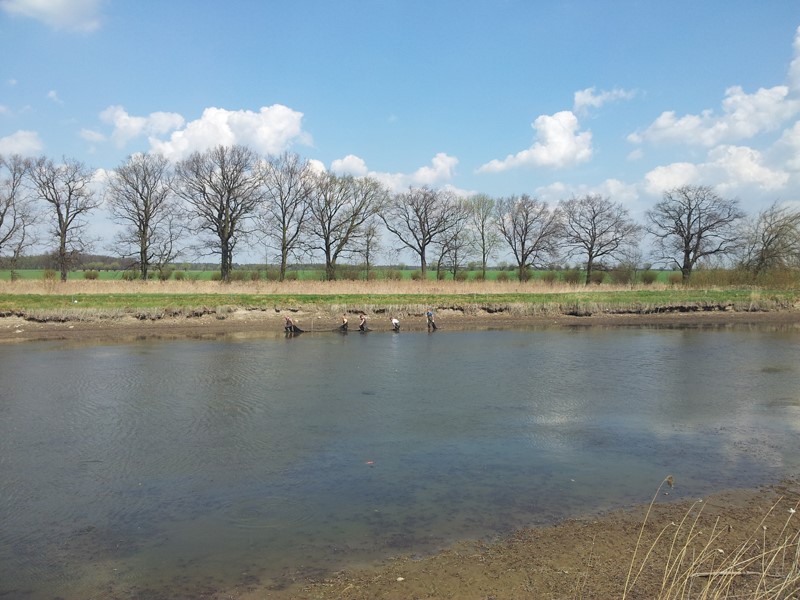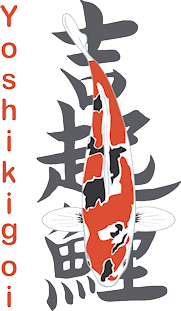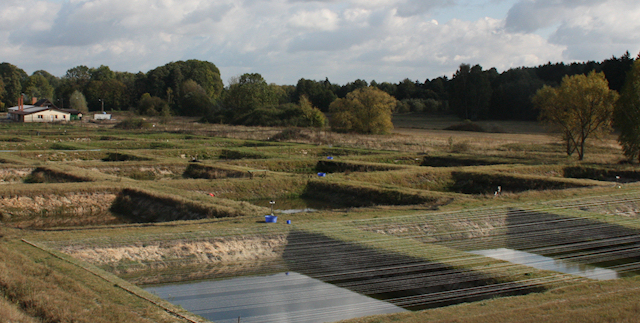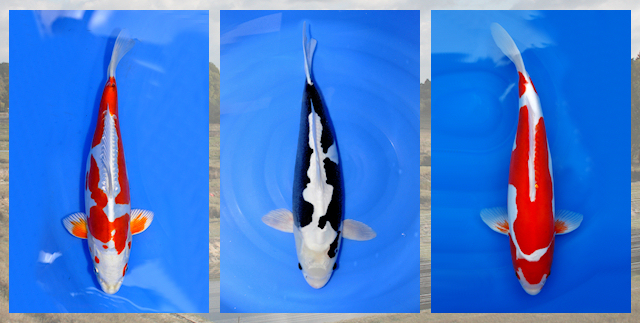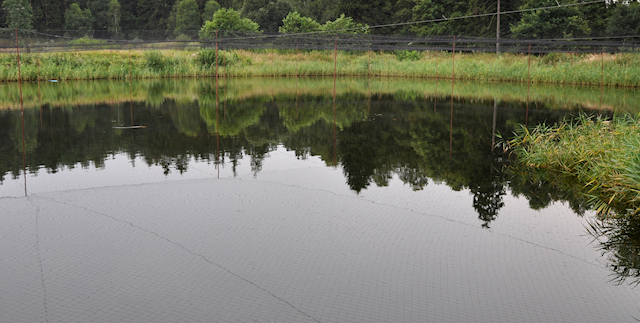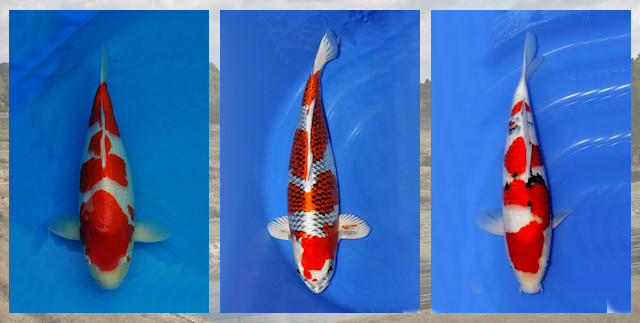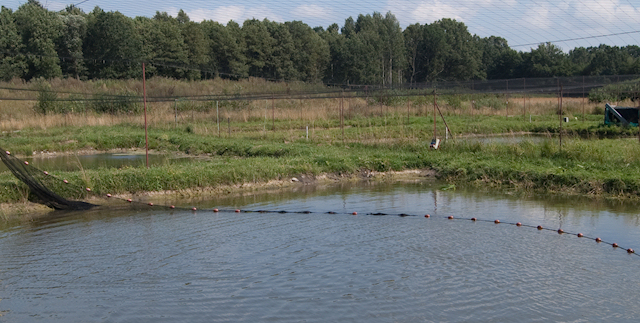NET protein utilisation and biogenic amines.
Not only does the food have a higher protein resistance, but also richer protein based on essential amino acids. In addition, the content of biogenic amines is also lower. I previously said I would come back to Biogenic amines. Biogenic amines are commonly found in all food products.
These are often formed and stored by the processing itself. Food like fish which is high in protein, can form large amounts of biogenic amines. Normally these biogenic amines are no problem. The body normally makes its own and can easily break them down, but introducing large quantities can have a negative effect on the body and may even cause some health problems. I won’t go into too much detail, but it is important to know that less is better.
Quality and Processing.
Another important consideration is how well, how warm, and how long the fish was kept during, and before processing. This affects not only higher biogenic amines value but also all types of protein degrading substances. These protein degrading products are for the most part water soluble, and so can be separated out in the stickwater during the first processing of the fish. Naturally, this will affect the protein breakdown of the end product (full fish meal) when they add the stickwater to it. As a result the end product becomes of a lesser quality. Also, fish that are less fresh form free fatty acids.
The quality of the fish meal can be adversely affected by an intensive, or too high a heat treatment during processing of the fish meal. This is a very important process which is often deliberately kept from the public. Drying fish meal at temperatures below 65-75 degrees Celsius is referred to as a low temperature treatment. This is what is meant by higher quality fish meal being produced at low temperatures. Because of this low temperature drying the NPU value is often above the 70-75%. The drying process for lower quality fish meal is higher and thereby contains a lower NPU value.
If the fish was less fresh before processing, then at a higher temperature, faster drying of the fishmeal becomes more important. That means when the drying of this fishmeal takes place at lower temperatures the NPU value is reduced even further. This is because we already started with less fresh fish and because of this there are already certain processes in motion that negatively affect the NPU value of the finished product. To stop this negative process, it is better to dry the fishmeal faster.
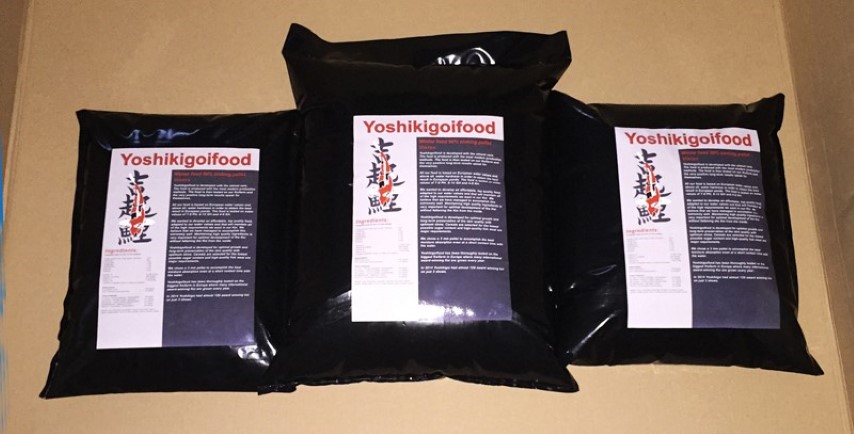
Only the highest quality fresh fish meal with a low temperature drying process has been chosen for Yoshikigoi koi food, ensuring the highest possible NPU value.
To be certain that every new batch contains the same quality fishmeal, new test data is required on every new batch, because as I highlighted before, if the ingredient fish is stored in slightly different conditions, it will negatively affect the final quality.
If the temperature of the fish meal drying process is too high it can lead to protein damage. This decreases the content of digestible Lysine. Lysine cannot be created by the body itself and must be included via the diet. As a result, it belongs to the essential amino acids, and it is important that it is present at the highest possible level.
But how do we calculate the NPU value?
First of for all it is important to know when testing, few or no fish are used. All tests are conducted for and on livestock such as pigs, cows and chickens. There are several methods used to validate the quality and nutrition intake of food.
The most animal-friendly way to do this is the In-vitro method.
But what is In-vitro protein digestion? In Vitro is a term for biological techniques that are applied outside the body of the organism. In other words, tests that take place in a lab and not in the body. In-vitro protein utilisation is a method that was developed in the laboratory to obtain the data from the protein utilisation of the stomach and intestines. In the past (and sometimes still now) this testing is done using animals. However, there are now techniques developed to mimic this in a lab. This process is called In-vitro. This technique can determine the protein utilisation of the feed and also where certain proteins in the feed are absorbed. For example, in the stomach and the various parts of the intestinal tract. As we have already described the production process (temperature) is important, and also whether or not they have added stickwater, because we know added stickwater and/or higher drying temperature will mean the feed will have a lower nutritional value.
We have to remember that it is not (yet) known or researched, as to what extent these lab and animal studies compare in practice in different animals, let alone fish species. Also, to complicate matters further, fish only have a very small stomach or a stomach with almost no digestive functions, like our Koi (CARP).
Koi would logically benefit more from a high NPU value that is more easily taken up through the intestine. Here at Yoshikigoi, we are already giving this process our full attention and working hard on research towards a better understanding of this process and how to benefit from it.
